Summary
The Historical Significance of Nakum
Nakum is an extraordinary recluse that whispers tales from the past. Nestled in the heart of Guatemala’s Petén region, it stands as a sentinel of the once mighty Mayan civilization. Visitors journey through time as they explore its myriad structures, including palaces, temples, and plazas, which stand as a testament to the advanced urban planning and architectural achievements of the ancient Maya. Carvings and stelae scattered across the site offer a narrative stream, hinting at complex socio-political and religious practices that once dictated daily life in Nakum. Its intricate canal systems and reservoirs speak of a society deeply attuned with the natural world, showcasing the innovative water management techniques of its inhabitants.
Get your dose of History via Email
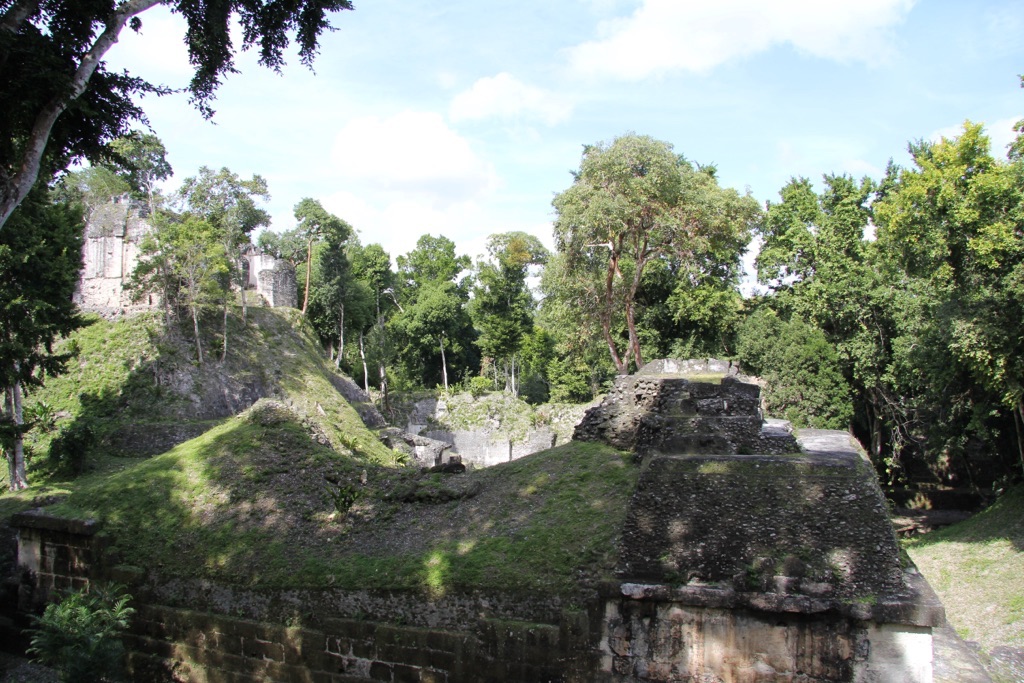
Experiencing Nakum’s Architectural Marvels
When you traverse the sprawling site of Nakum, awe-inspiring architecture captivates your attention at every turn. You find intricately decorated facades and imposing temple pyramids, like Structure IX—the towering structure that offers breathtaking views of the jungle canopy. Archaeologists have unearthed fascinating remnants within the temple’s inner sanctum, revealing aspects of ancient rituals and Mayan cosmology. Here, the blend of ceremonial significance with residential areas lays out the versatility of Nakum as a hub for both the sacred and the secular, drawing a vivid picture of a thriving, multifaceted community.
Nakum’s Rediscovery and Preservation
Long lost to the emerald embrace of the jungle, Nakum’s rediscovery marked a pivotal chapter in Mesoamerican archaeology. The efforts to preserve it continue to unravel layers of history, allowing scholars and tourists alike to appreciate the site’s splendor. This preservation not only safeguards the physical remnants of Nakum but also ensures that the knowledge and cultural heritage embodied within its soil and stones endure for future generations. Engaging with Nakum is an undeniably transformative experience, as it bridges a millennia-spanning gap, allowing modern hearts and minds to connect with a civilization that once masterfully commanded these lands.
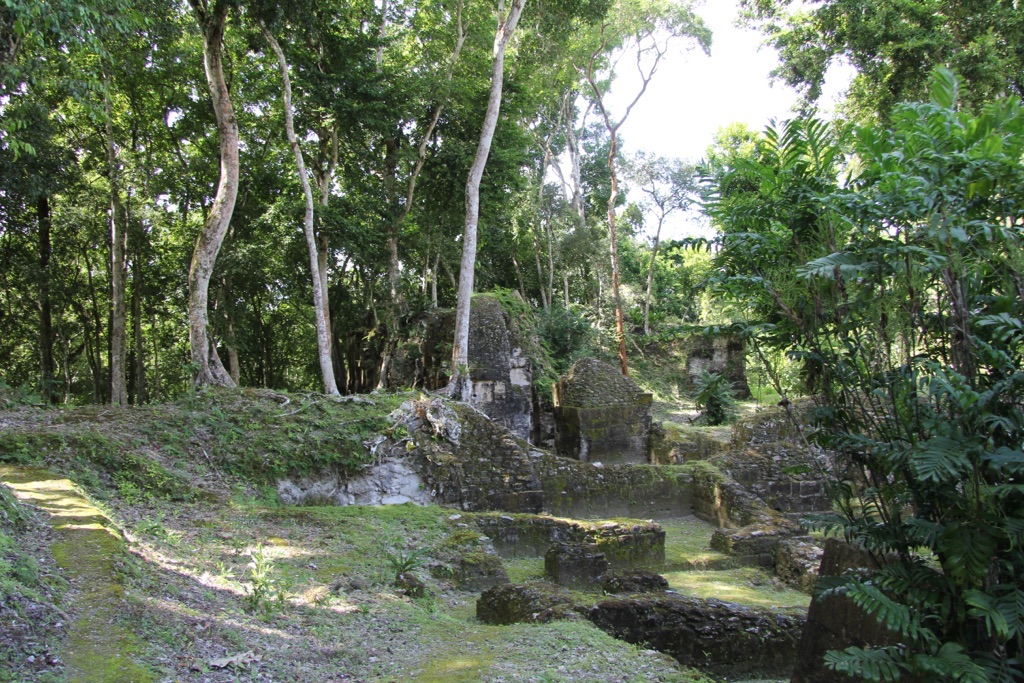
Historical Background of Nakum
The Mayan Civilization’s Hidden Gem
Nakum, a site steeped in history, nestles in the lush, tropical jungles of Guatemala’s Petén Basin. This centuries-old Mayan city retains an aura of mystery, inviting explorers to uncover its past. As part of the Mayan civilization’s classical period, Nakum saw its zenith around the first millennium A.D. Its location made it a critical node in the extensive trade networks that the Maya developed, and it flourished alongside the rise of neighboring cities like Tikal and Yaxha.
The Societal Foundations of Nakum
A glimpse at Nakum’s societal fabric reveals a structured community, led by powerful elites. Archaeological finds depict a hierarchical society where rulers and high priests wielded significant influence. These individuals were often commemorated with elaborate tombs, filled with intricate jade work and pottery that signify their stature. Yet, the everyday life of commoners remains just as crucial to understanding Nakum. Current evidence suggests a society engaged in agriculture, craft-making, and local trade, creating a bustling community beneath the rule of the elite.
Religion held a central role within Nakum, acting as both a spiritual guide and a means of social control. The city’s design reflects this, with several temples and altars dedicated to various Mayan deities. It is believed that complex religious ceremonies and festivals were key features of life in Nakum, often involving the entire population in communal gatherings to honor the gods and the cyclical nature of time.
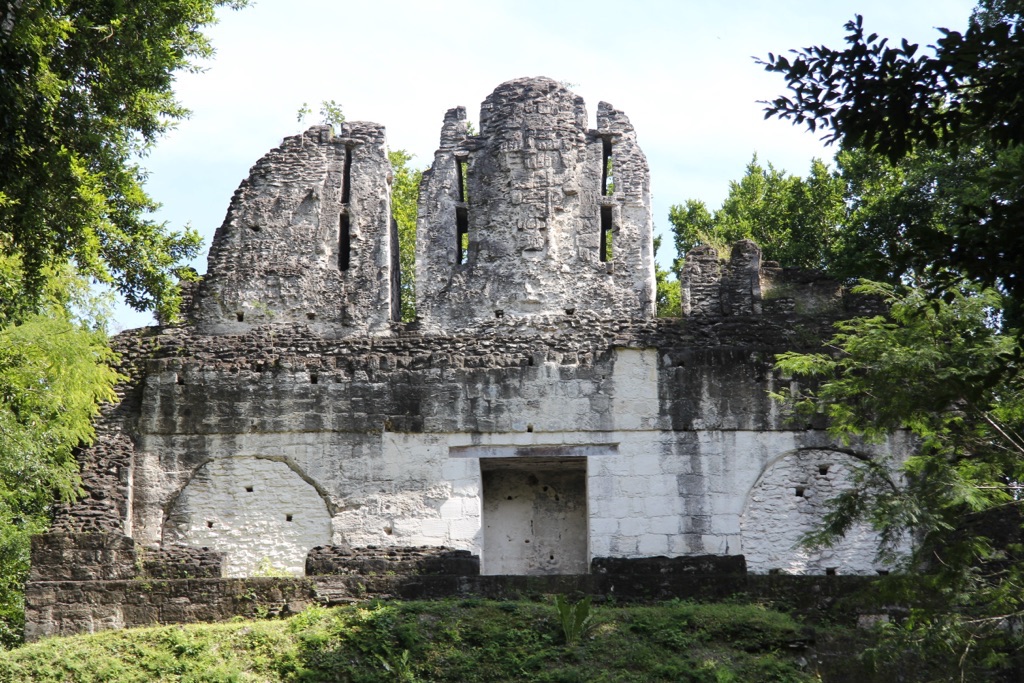
Architectural Mastery of the Maya
The ruins of Nakum are a showcase of Mayan ingenuity in architecture. Impressive pyramids, acropolises, and ball courts dot the landscape, revealing a penchant for constructing monumental structures. Researchers marvel at how the Maya managed to clear large tracts of jungle and move massive stones without the aid of modern tools. This architectural prowess wasn’t just for show; it reflected a deep understanding of astronomy and the environment.
Indeed, Nakum’s architecture narrates stories of power and prestige. Rulers often commissioned grand buildings to be erected during their reigns, marking their territories and celebrating their legacies. The strategic use of stucco, paints, and carvings brought these structures to life, with each detail carrying symbolic significance that resonates with the cosmic worldview of the Maya. Rich iconography depicted gods, mythical creatures, and historical events, linking the divine with the earthly realm.
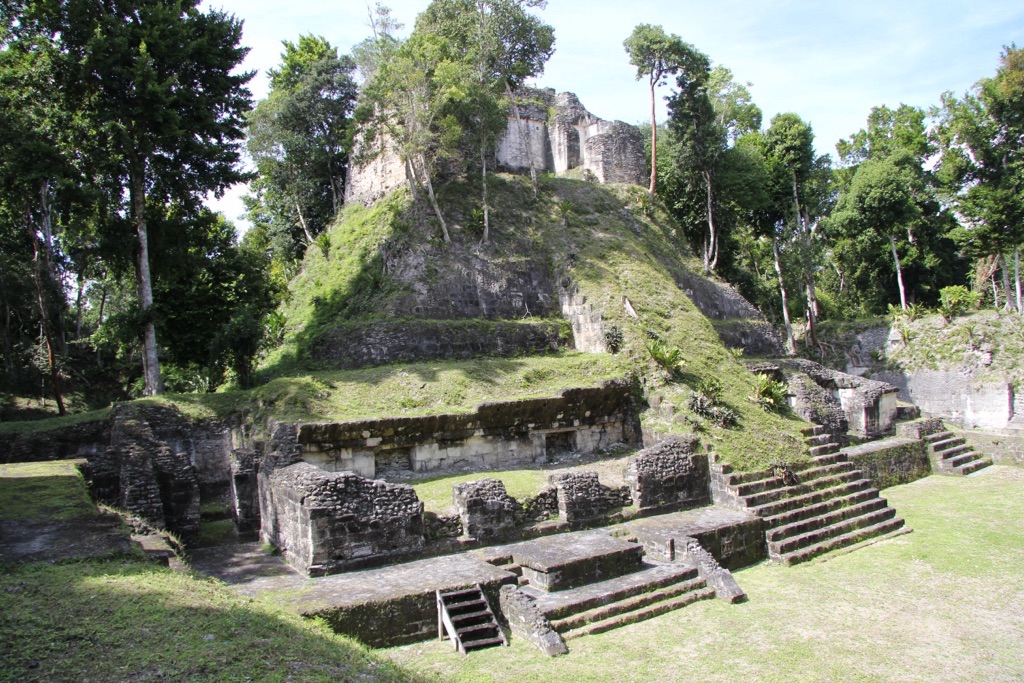
The Discovery of Nakum
Unveiling the Lost City
Maurice de Périgny, a French explorer, stumbled upon Nakum in 1905. His expedition into the Guatemalan jungle unveiled the remnants of a striking Mayan city. Périgny documented his findings with meticulous detail, captivated by Nakum’s grandeur. Crumbling temples and faint etchings offered the first glimpses into an ancient world, previously touched only by time.
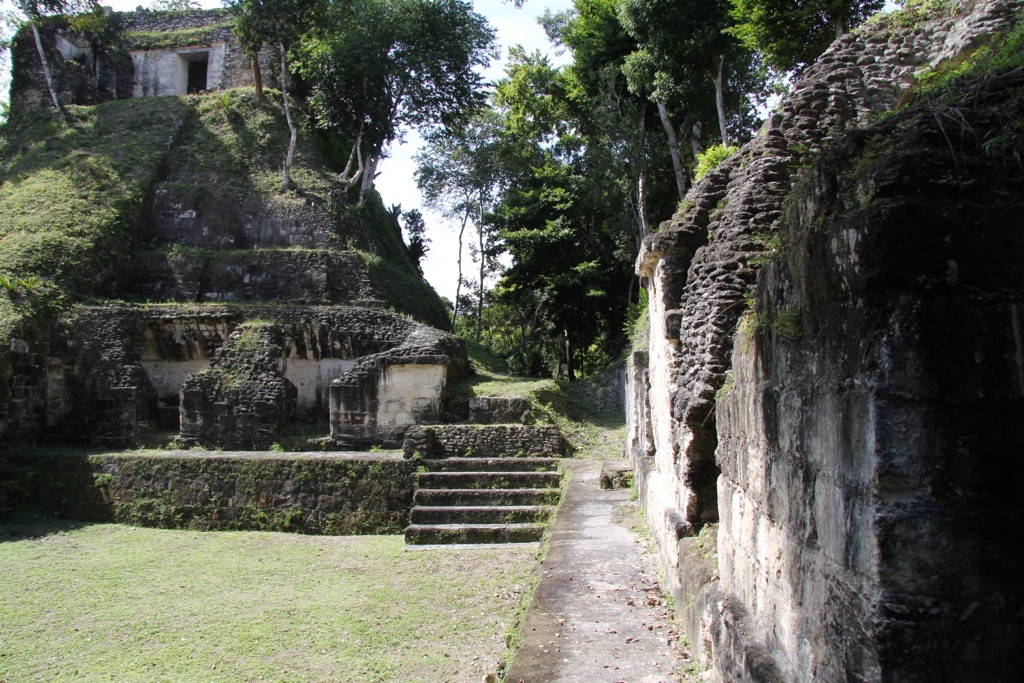
The Initial Steps Towards Preservation
Following Périgny’s directives, Nakum began to stir from oblivion. Researchers and historians from around the globe took interest, drawn by the allure of Nakum’s mystique. Teams embarked on cautious excavation, eager yet respectful to the secrets held within. They unearthed ceramics and relics, each piece a puzzle in Nakum’s historical tapestry.
The work was painstaking, but the results proved invaluable. Archaeologists mapped out the city, noting its expansive reach. With each unearthed artifact, Nakum’s narrative grew richer, painting a clearer picture of the Mayan civilization that had thrived there.
Partial Reconstructions and Modern Revelations
As years rolled by, partial reconstructions took shape. Materials and methods mimicked those of the ancients, ensuring authenticity in every restored edifice. This approach not only paid homage to Mayan craftsmanship but also helped modern minds connect with historical techniques. Such dedication preserved the integrity of Nakum’s story, a tale echoing through centuries.
Today, Nakum stands as both a historical revelation and a tribute to those who unearthed it. It remains a destination where the curious can walk through hallways of history, touching the same stones that ancient Mayans once did. Each visitor partakes in the ongoing discovery, as Nakum still holds many secrets yet to reveal.
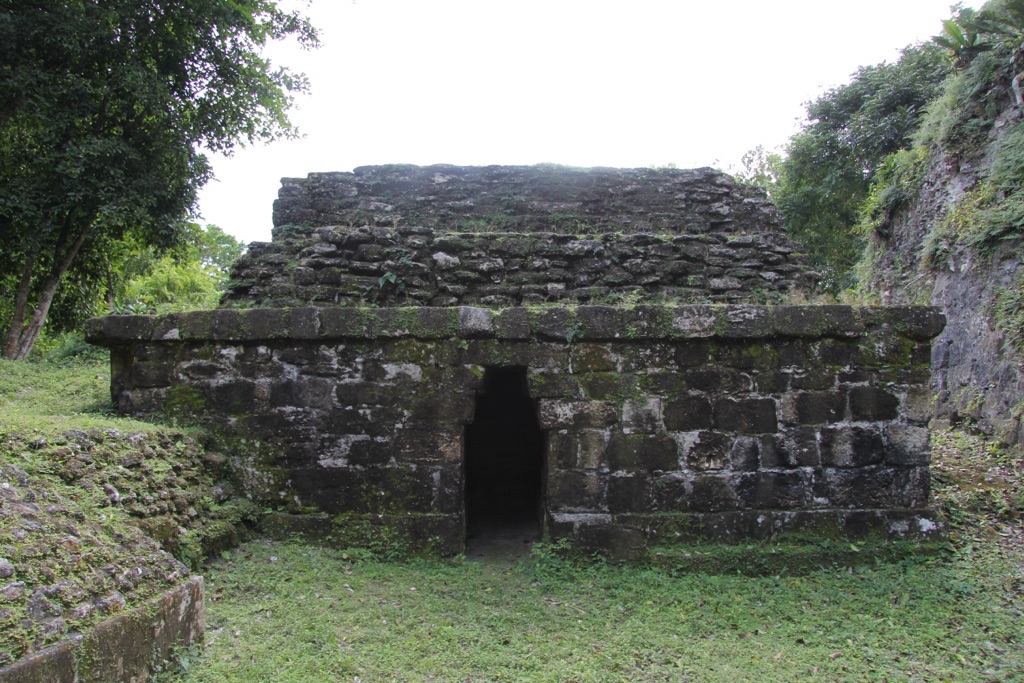
Cultural Significance, Dating methods, Theories and Interpretations
The Cultural Impact of Nakum
Nakum not only serves as a window to the past but also as a cultural symbol of the Mayan legacy. Throughout history, the site illuminated aspects of Mayan art, astronomy, and urban development. Its intricate stone carvings and majestic temples reflect a civilization steeped in religious and artistic pursuits. Scholars believe the prosperity and innovations here influenced surrounding regions, thereby cementing Nakum’s role in Mesoamerican history.
Advancements in Dating Nakum
Scientists employ a suite of dating methods to unravel Nakum’s chronology. Radiocarbon dating of organic materials reveals timelines of human activity. Additionally, dendrochronology, the study of tree rings, offers clues to construction dates. More recent techniques, like lidar scanning, allow experts to recreate ancient landscapes and infer settlement patterns over time. Such methods paint a dynamic and evolving picture of Nakum’s rise and fall.
The art of piecing together Nakum’s timeline is complex. Each layer unearthed provides a date, anchoring events to specific timelines. Yet, the challenge lies in the fact that Mayan sites often underwent multiple construction phases. Consequently, dating one structure could reveal several distinct periods of significance. This layering underscores the city’s enduring importance across generations of Mayan rule.
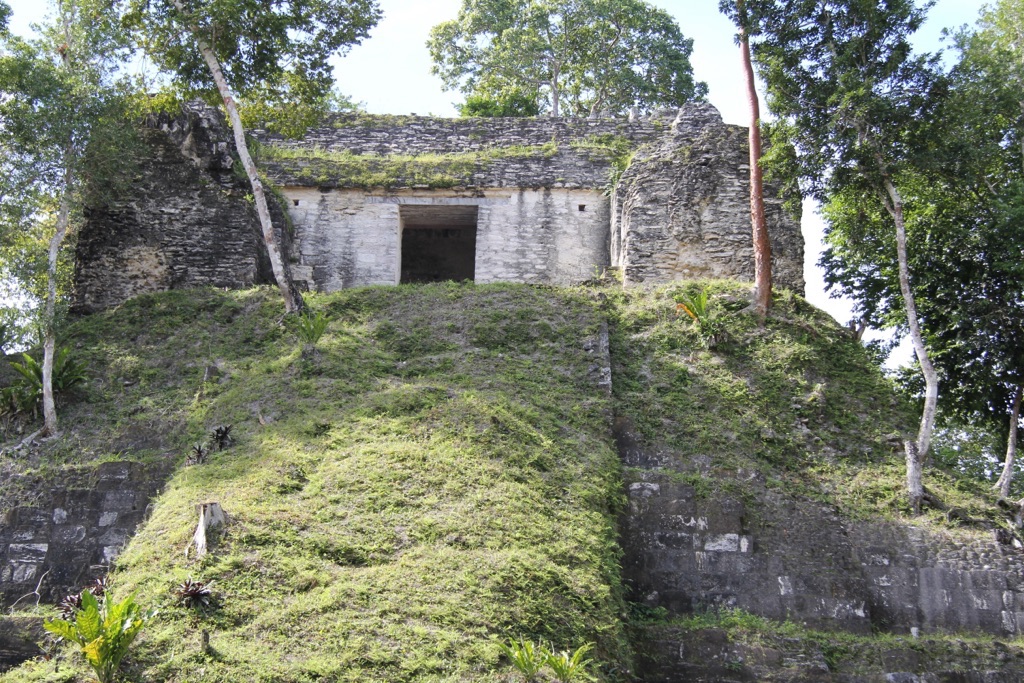
Unraveling Historical Theories
Theories about Nakum’s purpose continue to evolve. Some historians posit that it was a ceremonial center, pivotal for religious gatherings. Contrastingly, others highlight evidence of extensive trade networks, indicating a commercial hotbed. These debates enrich our understanding, illustrating the complexity of Mayan society and its ability to adapt over time.
Efforts to interpret findings at Nakum are ever-evolving. Deciphering hieroglyphics has shaped our understanding of the socio-political order there. Moreover, analysis of artifacts suggests regional interactions that may have shaped Nakum’s development. Collectively, these interpretations provide a tantalizing glimpse into the vast tapestry that is Mayan civilization.
Conclusion and Sources
The historical site of Nakum provides a remarkable lens into the Mayan civilization, revealing its complexities and ingenuity. From stunning architectural feats to rich cultural insights, Nakum continues to be a focal point for both scholars and enthusiasts of ancient Mesoamerican history. The cumulative research efforts underscore the importance of preserving such sites, as they hold invaluable knowledge about the human past. As explorations continue and theories evolve, Nakum will undoubtedly remain a significant chapter in the global heritage narrative.
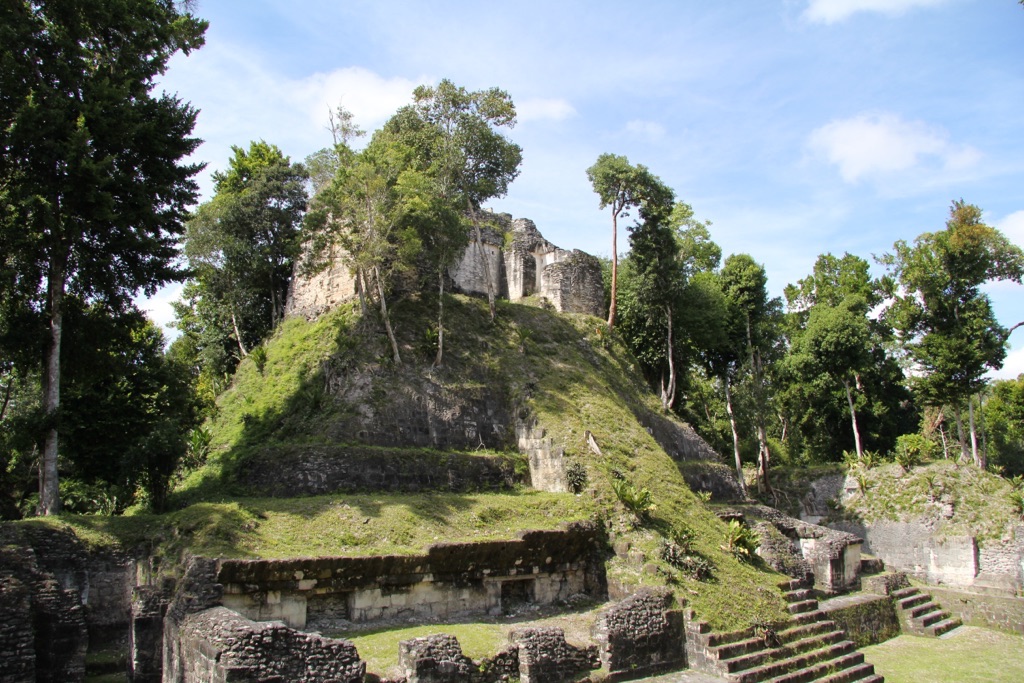
For further reading and to validate the information presented in this article, the following sources are recommended:
Or you can check any of these reputable archaeological and historical texts:
CoE, G. (2017). ‘Nakum – An Ancient Mayan Jewel Hidden Within The Jungles Of Guatemala’, HeritageDaily
INAH, (2020). ‘The Mayan City of Nakum.’, Instituto Nacional de Antropología e Historia
Zimmermann, M. (2019). ‘Nakum: History of the Mayan Site’, Live Science
Archaeological Institute of America, (2018). ‘Nakum: Discovery and Research’, Archaeology Magazine
Sharer, R. J., & Traxler, L. P. (2006). ‘The Ancient Maya (6th edition)’, Stanford University Press, accessed 10 April 2023.

